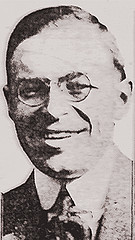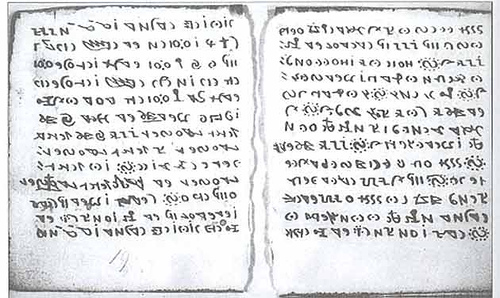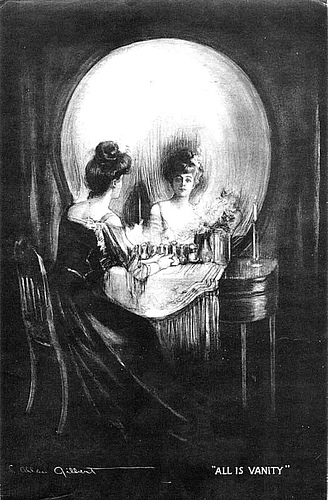
You and I are having an argument. Our wives have given us new neckties, and we’re arguing over which is more expensive.
Finally we agree to a wager. We’ll ask our wives for the prices, and whoever is wearing the more expensive tie has to give it to the other.
You think, “The odds are in my favor. If I lose the wager, I lose only the value of my tie. If I win the wager, I gain more than the value of my tie. On balance I come out ahead.”
The trouble is, I’m thinking the same thing. Are we both right?




